2013 Aga Khan Award for Architecture winners announced
By Bustler Editors|
Monday, Sep 9, 2013
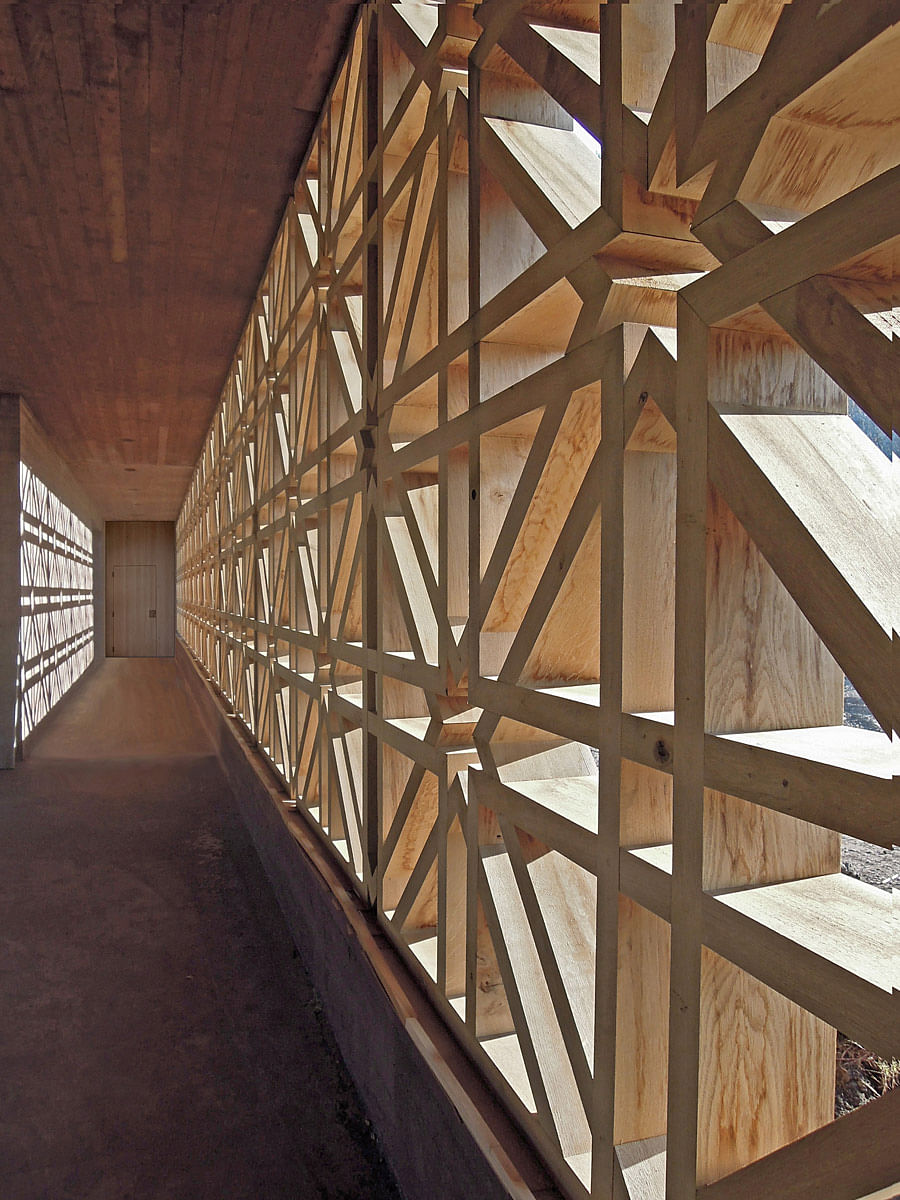
Related
The prestigious Aga Khan Awards for Architecture program has announced the 2013 winners at a ceremony in Lisbon, Portugal.
Established in 1977, the Aga Khan Award for Architecture is given every three years to recognize all types of building projects that positively affect today’s built environment in communities in which Muslims have a significant presence. The Awards are selected by an independent Master Jury appointed by a Steering Committee for each three-year Award cycle. The nine members of the Master Jury for the 2010-2013 Award cycle are:
- David Adjaye, Principal, Adjaye Associates, London, United Kingdom
- Dr. Howayda al-Harithy, Professor, Department of Architecture and Design, American University of Beirut, Lebanon
- Michel Desvigne, Landscape Architect and Founder, Agence Michel Desvigne, Paris, France
- Professor Mahmood Mamdani, Professor and Executive Director, Makerere Institute for Social Research (MISR), Wandegeya, Uganda
- Kamil Merican, Principal Designer and CEO, Group Design Partnership, Kuala Lumpur, Malaysia
- Professor Toshiko Mori, Principal, Toshiko Mori Architect, New York City, USA
- Shahzia Sikander, Artist, New York City, USA
- Murat Tabanlıoğlu, Architect and Founder, Tabanlıoğlu Architects, Istanbul, Turkey
- Wang Shu, Architect and Founder, Amateur Architecture Studio, Hangzhou, China
The US$ 1 million prize will be divided among the five recipients and distributed to the architects, municipalities, builders, clients, master craftsmen and engineers who have played important roles in the realization of a project.
Read on to learn more about the five winning projects.
Islamic Cemetery
Location: Altach, Austria (Europe)
Architect: Bernardo Bader Architects, Dombirn, Austria
Completed: 2011
Design: 2008-2011
Site size: Ground floor area: 4,235 m2 - Total site area: 8,415 m2
"Until recently, some Muslims in Austria would send their dead back to their countries of origin for burial. But the desire of Muslims to be buried in the countries of their birth led to the creation of a multi-faith, multi-ethnic group of actors, including local authorities and an NGO, to create a cemetery where funeral rites could be administered locally. The design was lauded by the Award’s Master Jury for the way it realized “the wish of an immigrant community seeking to create a space that fulfills their spiritual aspirations and, at the same time, responds to the context of their adopted country”. Inspired by garden design, it features roseate concrete walls, five staggered, rectangular gravesite enclosures, and a structure housing assembly and prayer rooms. The principal materials used were exposed reinforced concrete for the walls and oak wood for the ornamentation of the entrance facade and the interior of the prayer space." – read more
Video: Islamic Cemetery. Video courtesy of AKAA
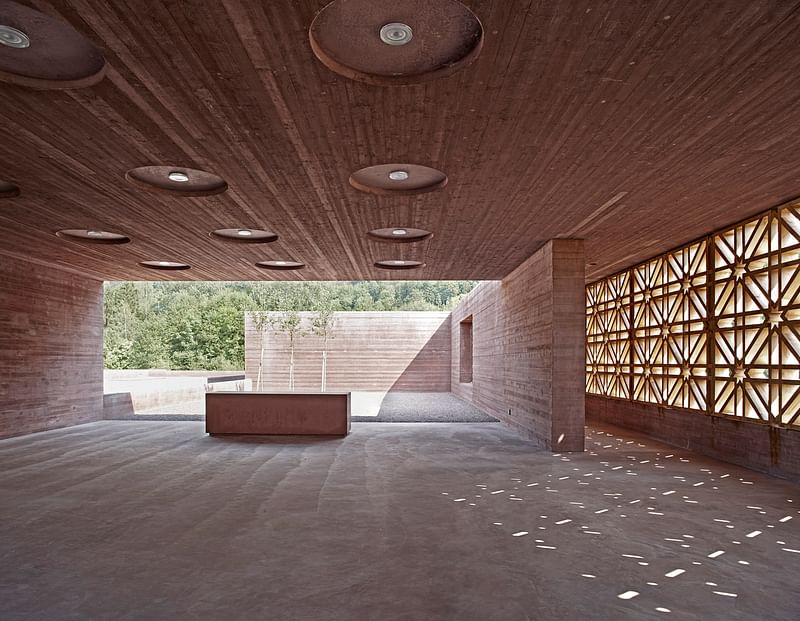
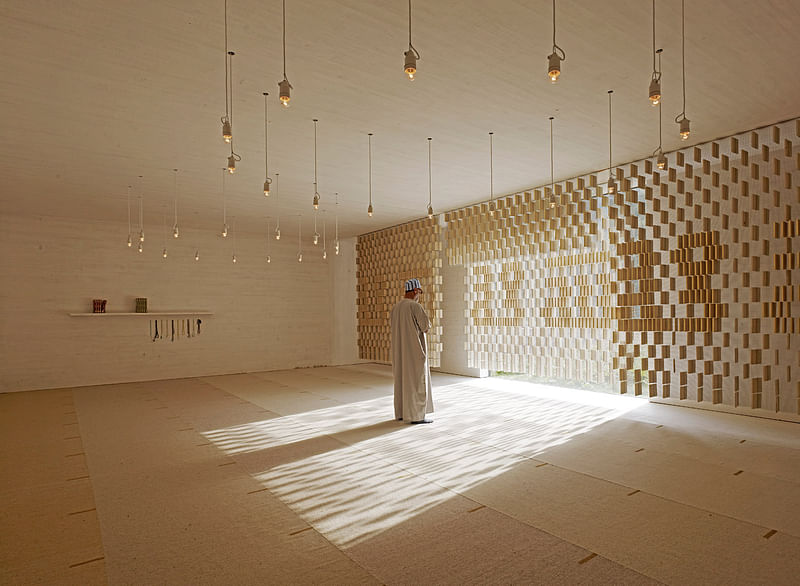
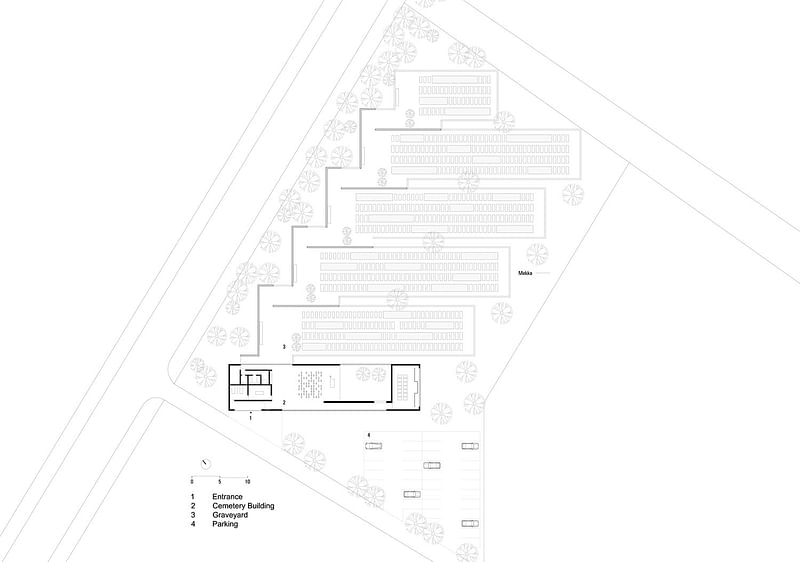
Revitalization of Birzeit Historic Center
Location: Birzeit, Palestine (West Asia)
Architect: Riwaq - Center for Architectural Conservation, Ramallah, Palestine
Completed: 2009 ongoing
Design: 2007-2011
Site size: 40,640 m²
"The five-year project, which will eventually encompass 50 villages, is part of a rehabilitation master plan initiated by the Riwaq Center for Architectural Conservation. The project has transformed the decaying town of Birzeit, creating employment and reviving traditional crafts. The Master Jury remarked that the project brought together “stakeholders and local craftsmen into a process of healing that is not merely physical but that is social, economic and political”. By focusing on towns and villages in the area under Palestinian civil authority – where an estimated 50 percent of the surviving historic structures are located and where most Palestinians live – Riwaq realized that it could save much of the local heritage while at the same time having greatest significant socio-economic impact." – read more
Video: Revitalization of Birzeit Historic Center. Video courtesy of AKAA
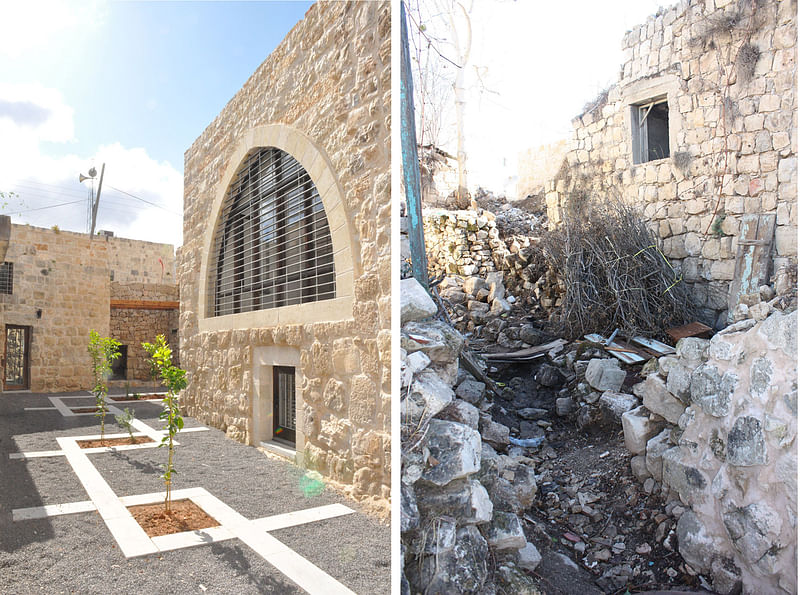
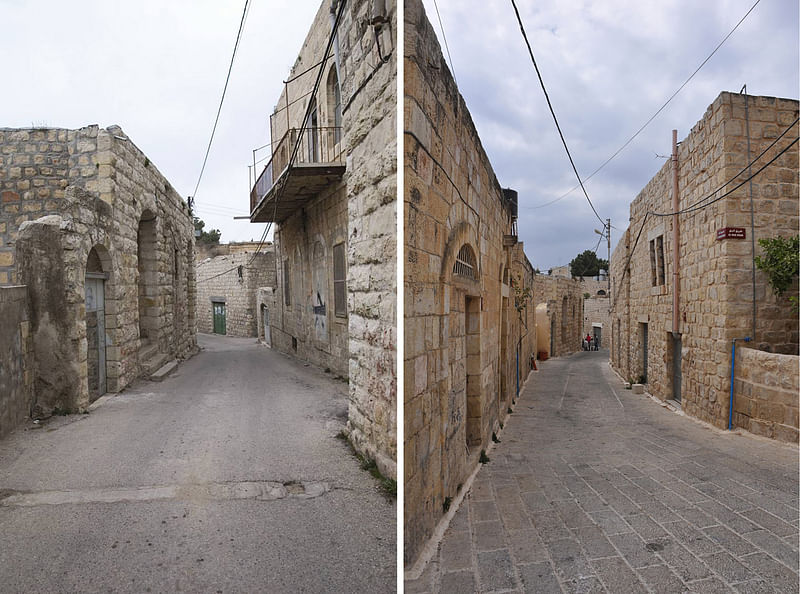
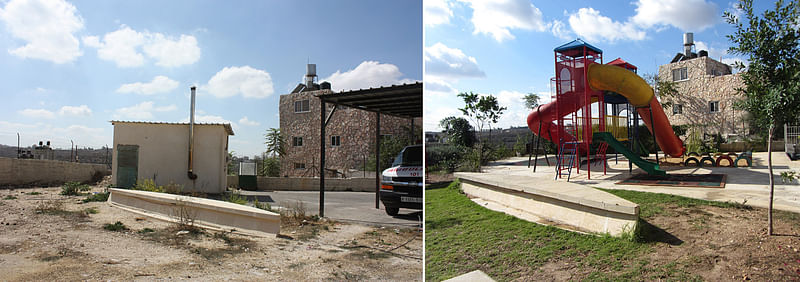
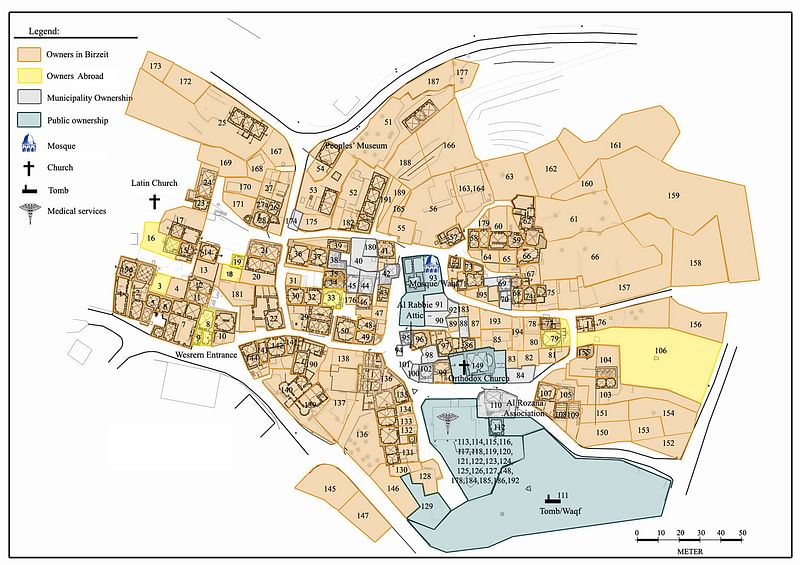
Rehabilitation of Tabriz Bazaar
Location: Tabriz, Iran (Central Asia)
Architect: ICHTO East Azerbaijan Office, Tabriz, Iran
Completed: 2006 ongoing
Design: 1994 ongoing
Site size: 27 ha
"With origins in the 10th century, the Tabriz Bazaar has long functioned as a main commercial center for the city. But by the late 20th century, it had begun to deteriorate. To rehabilitate the structures, which cover 27 hectares and over 5.5 kilometers of covered bazaars, a management framework was established that involved the bazaar community, municipal authorities and the Cultural Heritage, Handicrafts and Tourism Organization (ICHTO). During the pilot restoration project, the government contributed 85 percent of the financial coverage and the bazaar community contributed 15 percent; in subsequent stages, the bazaar community – convinced of the value of the restoration – provided up to 90 percent of the funding. The Master Jury found that the project was “a remarkable example of stakeholder coordination and cooperation to restore and revitalize a unique structure”. Since 2000, numerous complexes within the bazaar have been rehabilitated, infrastructure has been improved and public facilities have been built." – read more
Video: Rehabilitation of Tabriz Bazaar. Video courtesy of AKAA

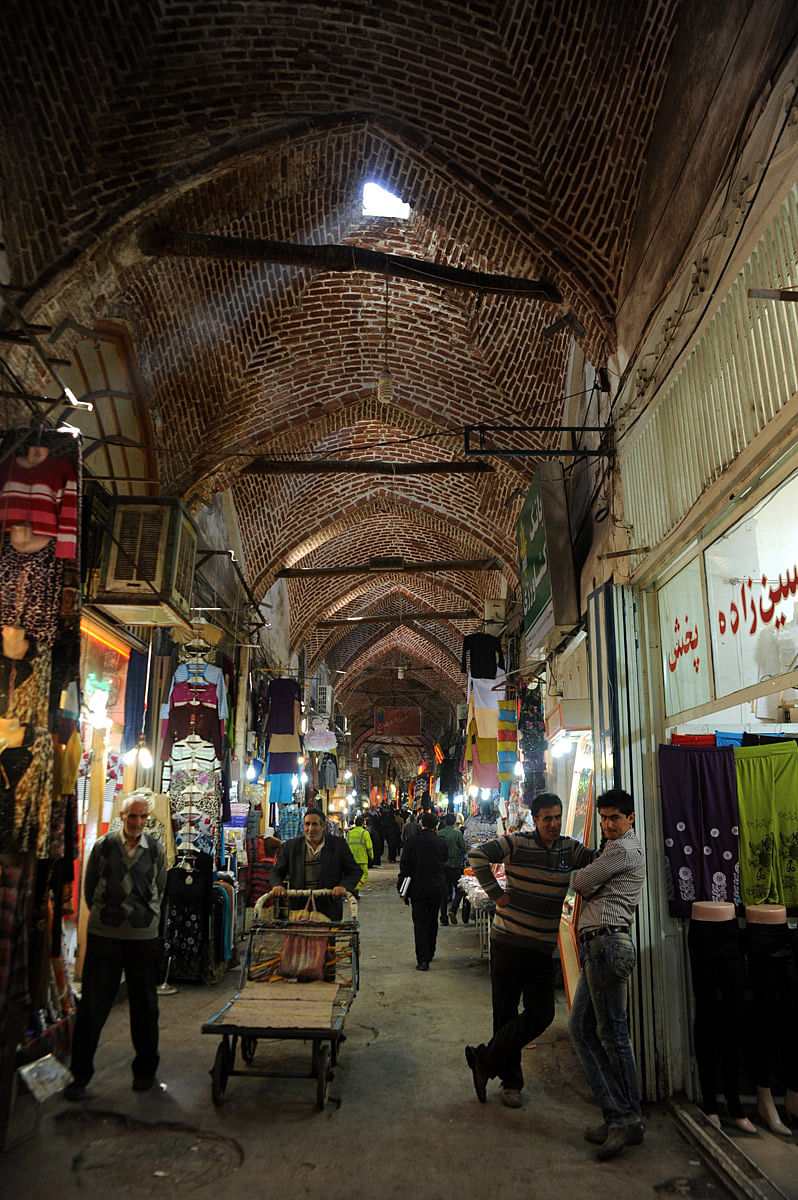
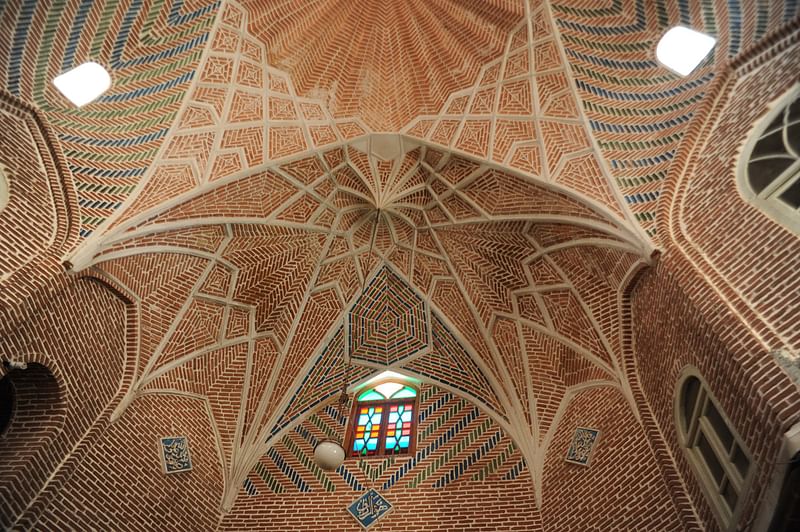
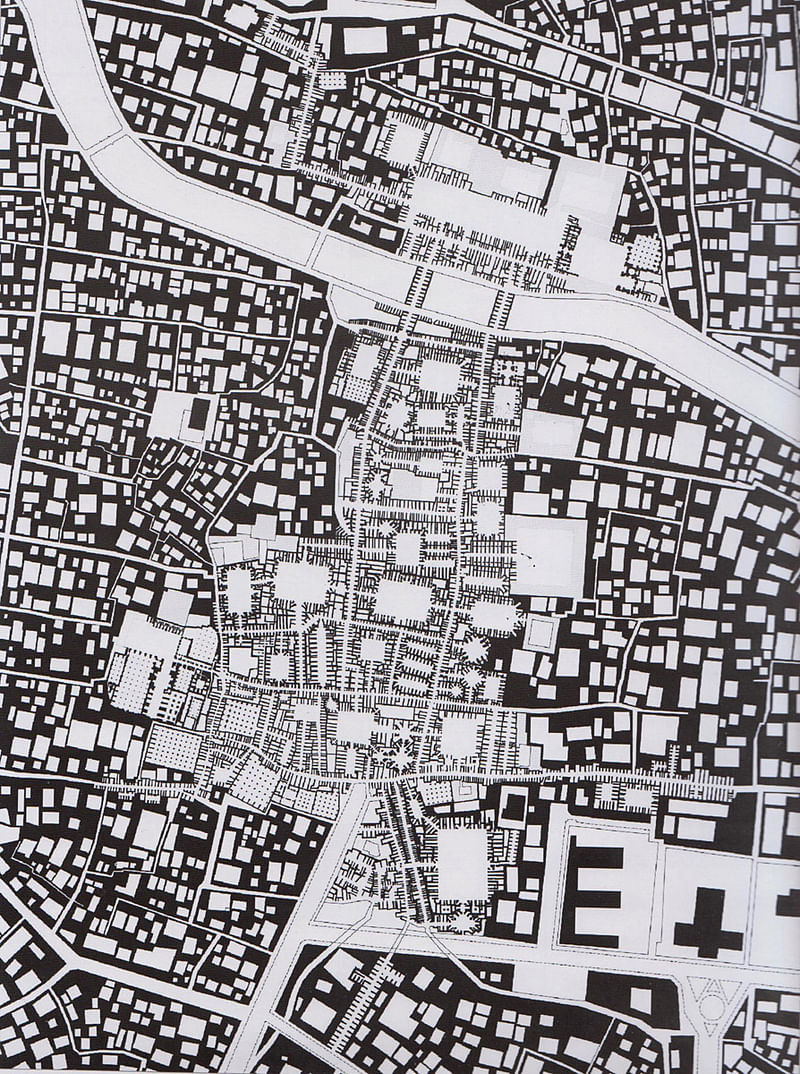
Rabat-Salé Urban Infrastructure Project
Location: Rabat, Morocco (North Africa)
Architect: Marc Mimram Architecture, Paris, France
Completed: 2011
Design: 2007
Site size: Bridge length: 330 m - Viaduct length: 600 m - Nautical Base Bridge length: 100 m
"Linking Rabat and Salé to form an urban hub, the project was born out of a new vision of large-scale regeneration, one in which improved transportation and mobility were to be priority components of the larger urban plan. The project combines exemplary bridge design, infrastructure improvement and urban planning. As a result, the Hassan II Bridge has become a new icon for Rabat-Salé, reinforcing a modern, progressive, twin-city identity. The Master Jury remarked that the project was “a sophisticated and cohesive model for future infrastructure projects, especially in places of rapid urbanization”." – read more
Video: Rabat-Salé Urban Infrastructure Project. Video courtesy of AKAA
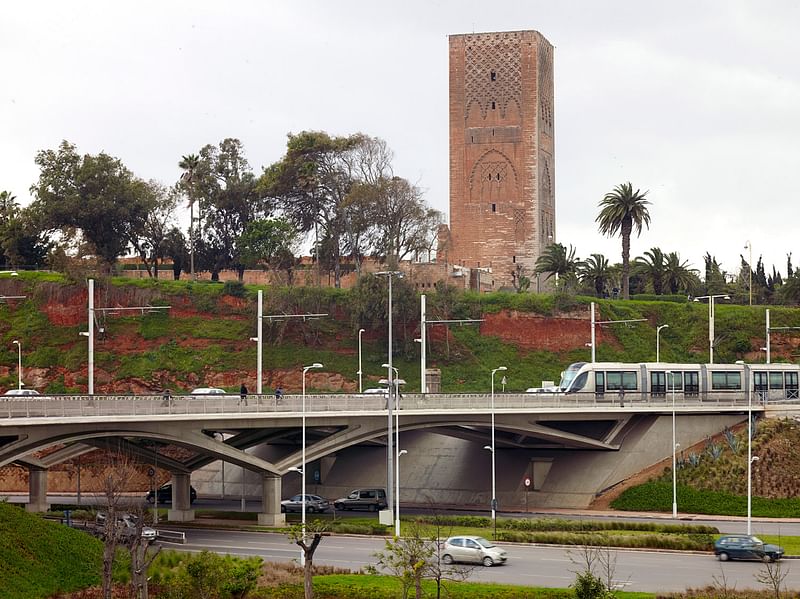

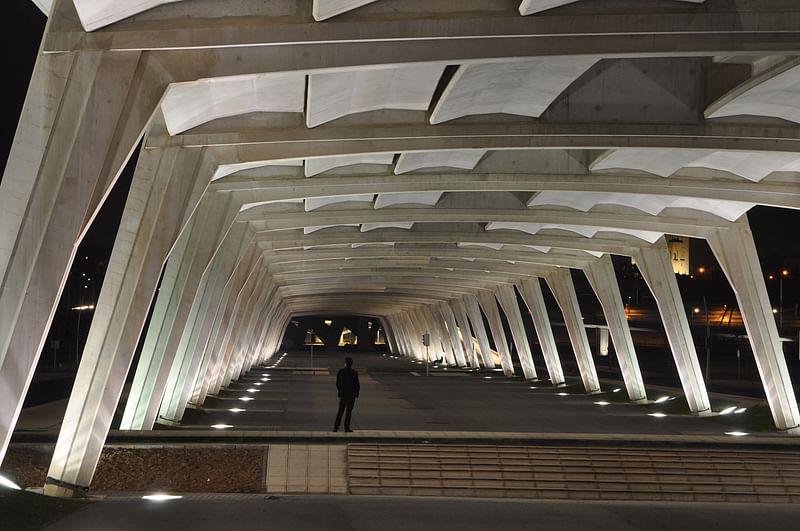
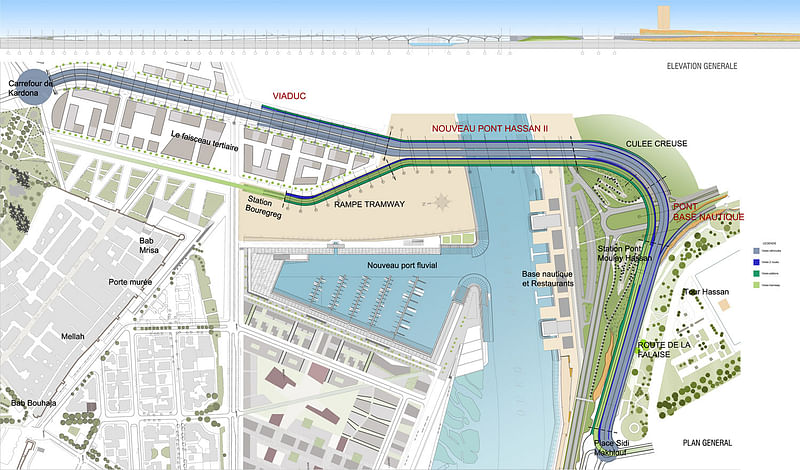
Salam Cardiac Surgery Center
Location: Khartoum, Sudan (North Africa)
Architect: Studio Tamassociati, Venice, Italy
Completed: 2010
Design: 2004-2008
Site size: 14,000 m²
"The Salam Center for Cardiac Surgery, which consists of a hospital with 63 beds, serves over 50,000 patients per year, drawing from a catchment area in eastern Africa of over 300 million people. The welcoming architecture “provides an exemplary prototype for the region as well as for the field”, remarked the Master Jury in their citation. The Center meets the high technical demands of a hospital with complex functions, including three operating theaters, while providing a number of eco-friendly solutions to common problems. Mixed modes of ventilation and natural light enable all spaces to be homely and intimate. In addition to solar panels and special insulation techniques, the architects have reused 90 six- meter (20-foot) containers that had been discarded after being used to transport construction materials for the Center." – read more
Video: Salam Cardiac Surgery Center. Video courtesy of AKAA


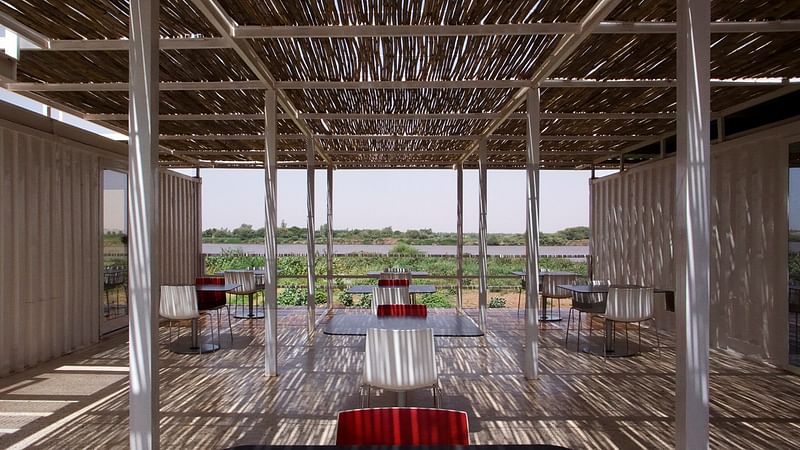
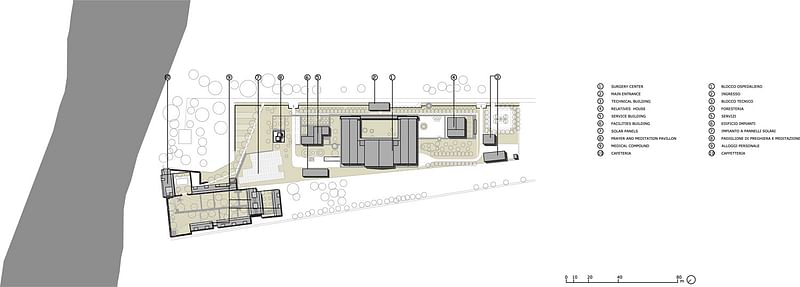

Share
0 Comments
Comment as :